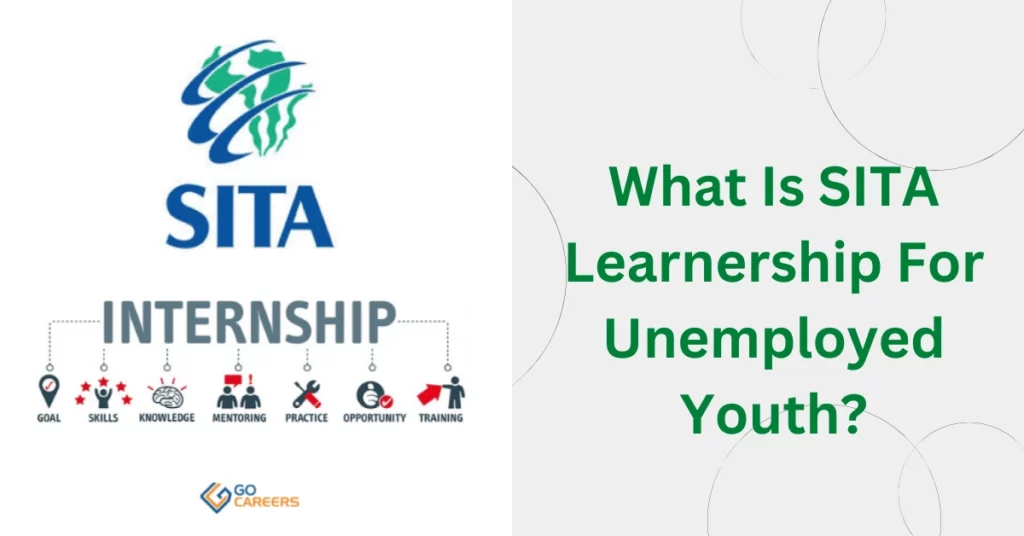learnership: A learnership is a work-based learning program that results in a qualification registered with the NQF. Learnerships are closely tied to a profession or industry, such as project management, electrical engineering, or hairdressing.
Sector Education and Training Authorities oversee learnerships (SETAs). The government created them to support skill development and job readiness.Leadership programs can assist you with acquiring the knowledge and practical experience you need to find a better career or self-employment options.
Learnerships are based on a formally binding contract between a training provider, an employer, and a learner. The goals and obligations of the Employer, Learner, and Training Provider are described in this Agreement. It is intended to safeguard the training’s calibre and uphold all parties’ interests.
While pursuing a qualification listed on the National Qualifications Framework (NQF), which conforms with the learnership requirements, a learner must sign a fixed-term employment contract with the employer (the cost of the qualification falls to the Company). The learnership will come to an end when the stuff is earned.
Why Are Learnerships Important?
Learnerships encourage access to education and training since they let you work and launch a career while pursuing an educational degree. SETAs regulate learnerships and make sure they provide credentials relevant to a particular industry or occupation.
All 21 SETAs have created NQF-aligned programs to assist you in obtaining recognized certifications while gaining work experience. To satisfy the needs for skill development across industries, SETAs oversee the registration of learnerships.
How Do Learnerships Work?
To graduate from a learnership, you must complete a theoretical course and practical training in the workplace. While the academic portion of the certificate is delivered by an education and training provider, the workplace component comprises hands-on, practical learning under the supervision of a mentor. Together, they create a well-rounded, integrated learning curriculum.
Top Tip: If you wish to finish a learnership, ensure you understand the minimum requirements. The amount of credits required to graduate varies from learnership to learnership. Ask the relevant SETA for more information.
What Are The Benefits For Learners?
- After finishing a learnership, you might have greater job chances;
- For the length of the learnership, you are under a fixed-term employment contract;
- Learnerships help you perform better on the job so you can do tasks necessary for the position;
- You earn a nationally recognized credential that applies to the field; and
- Throughout the learnership, you are paid a student allowance.
What Are The Benefits For employers?
Also Read:-
Learnerships are created by the sector so that the applicants are well-rounded and have a solid understanding of all the work processes. This aligns skill sets with the needs of the firms operating in the sector. Employers benefit from better standards, productivity, and quality of work because employees learn new skills and knowledge used in the workplace.
For businesses that offer continued employment (absorption) once the learnerships are over, there are sizable tax breaks and employment equity goals that are achieved. Learnerships get points on the BEE Scorecard for Employment Equity and Skills Development. If registered with the Department of Labor and the appropriate SETA, they qualify for a SARS tax rebate.
This tax credit is determined per pupil; for instance, a learnership for disabled people might result in an R100,000 tax credit over a year. Contributions to the skills levy can genuinely help the company.

